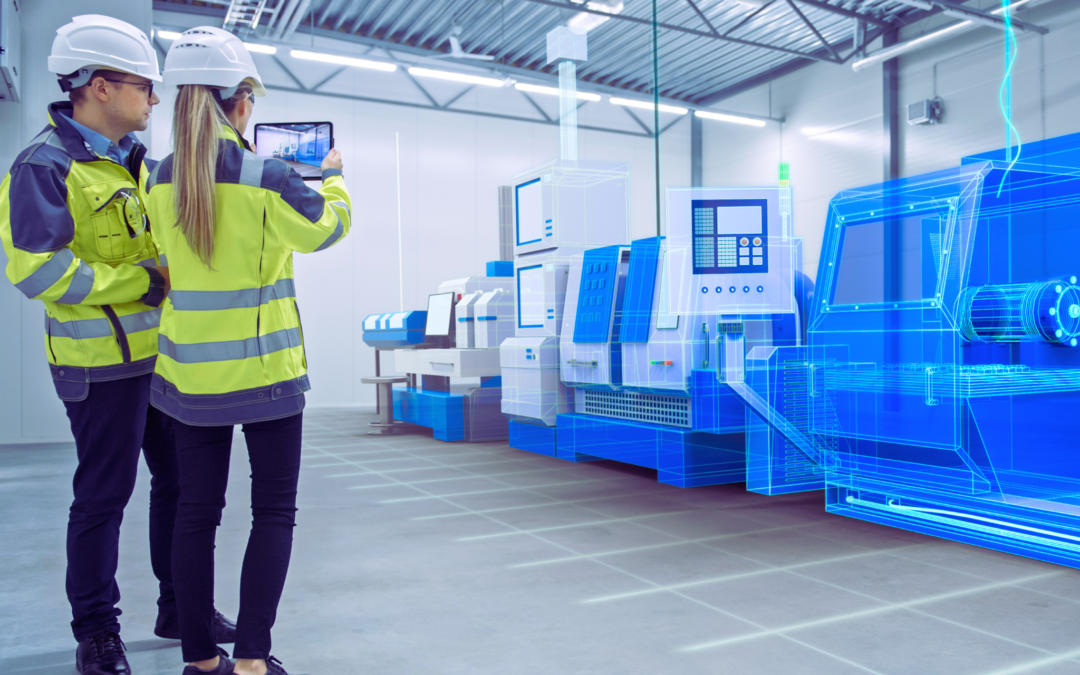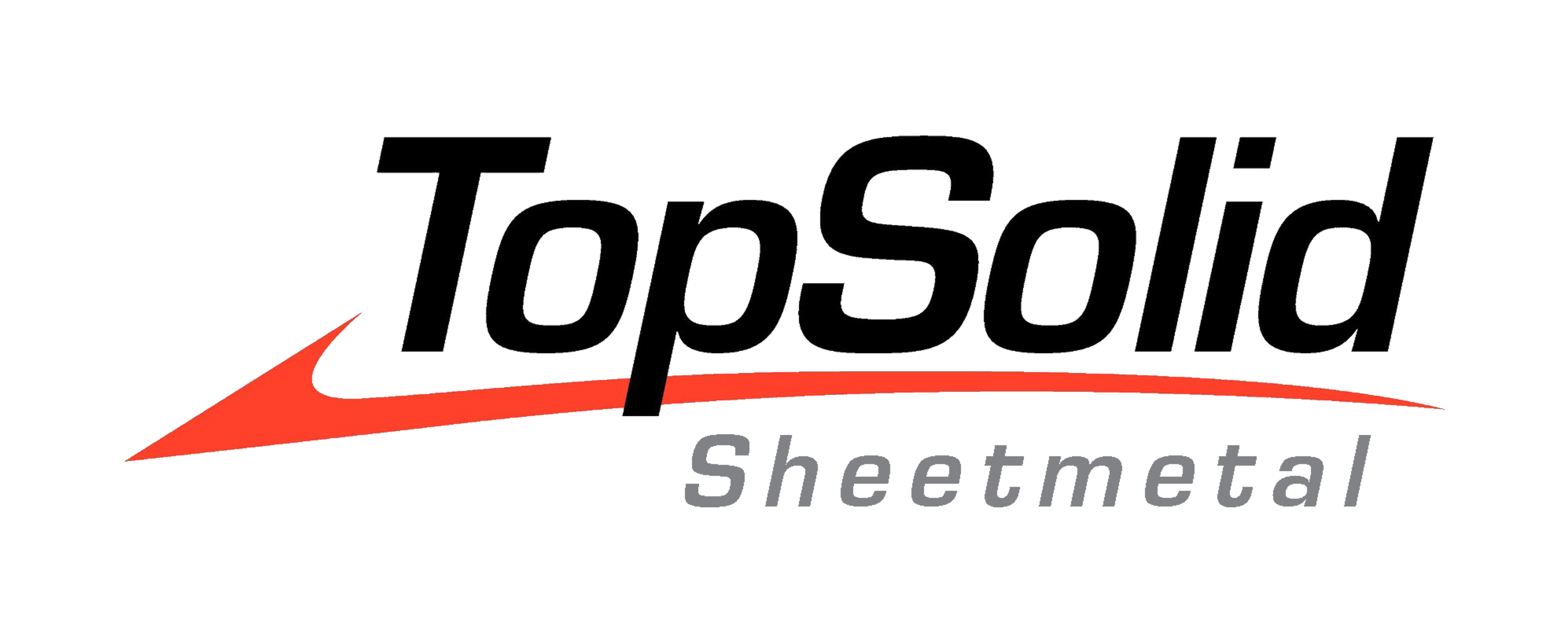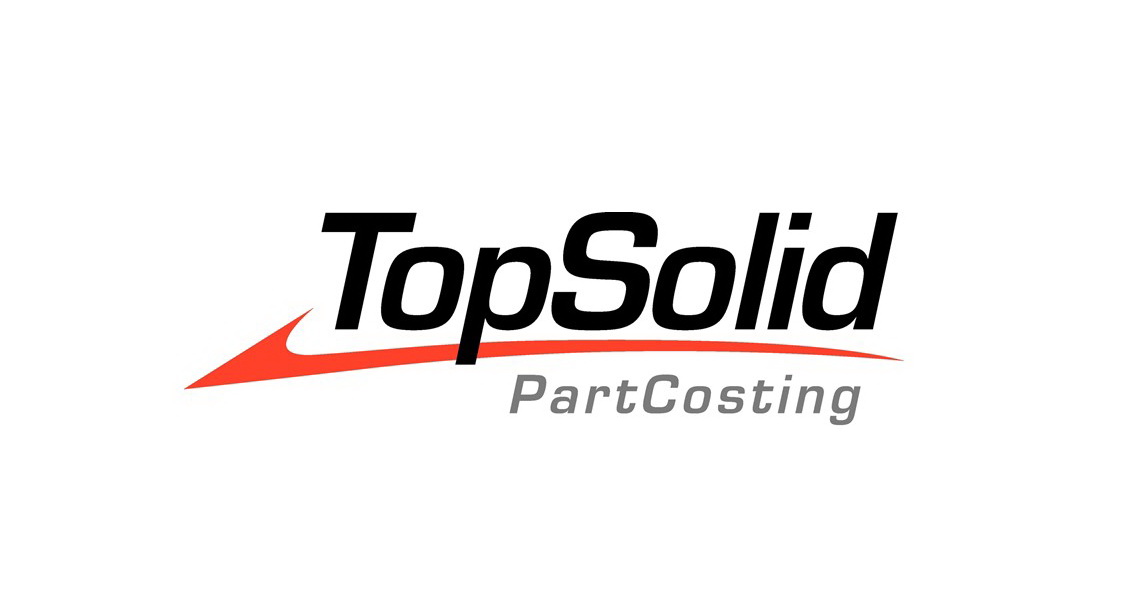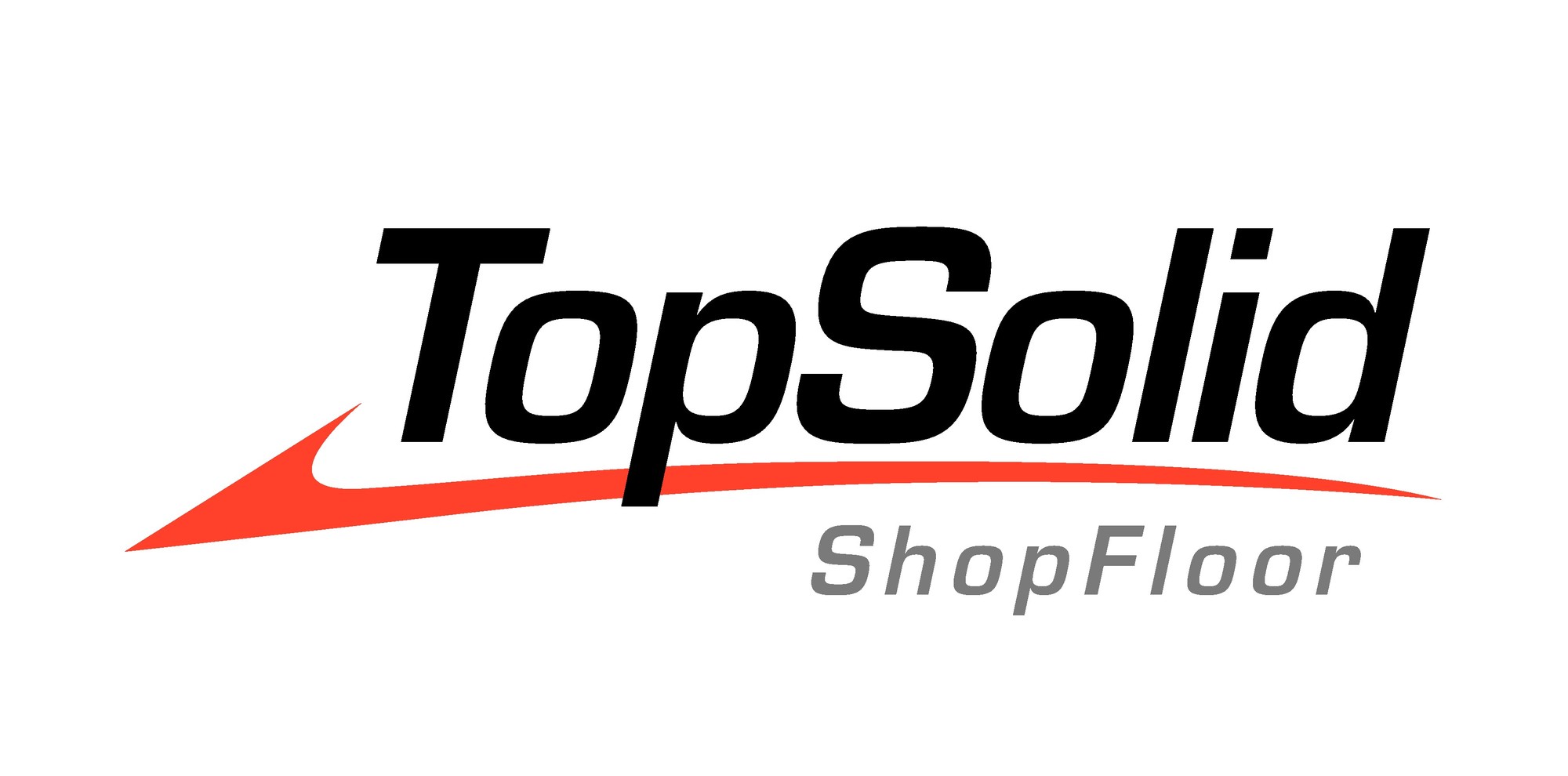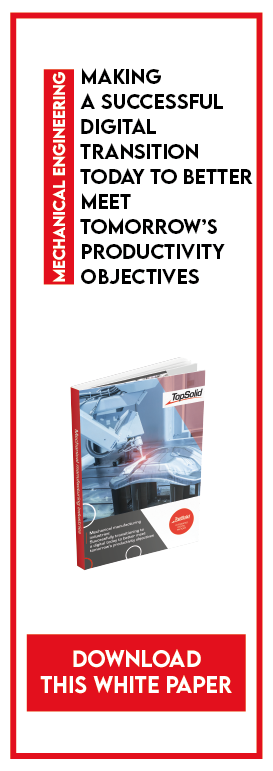In a context of fierce competition where globalization is omnipresent and consumer habits are changing, companies have no choice but to change their manufacturing methods.
The factory of the future will have to be agile and connected in order to ensure its competitiveness and productivity. It will have to handle the diversification and changing needs, producing in shorter time frames, while being environmentally conscious thanks to its energy efficiency. We have been talking about Industry 4.0 for several years. What are the challenges for companies? What does the “factory of the future” mean?
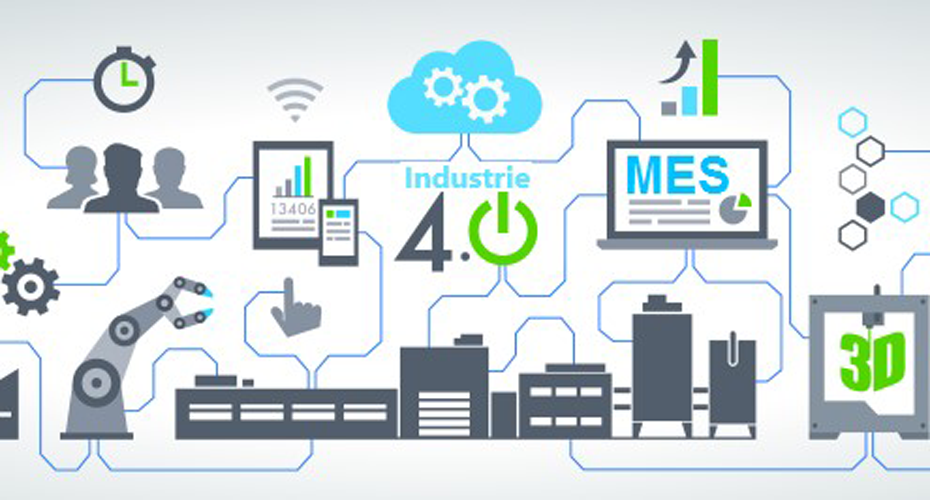
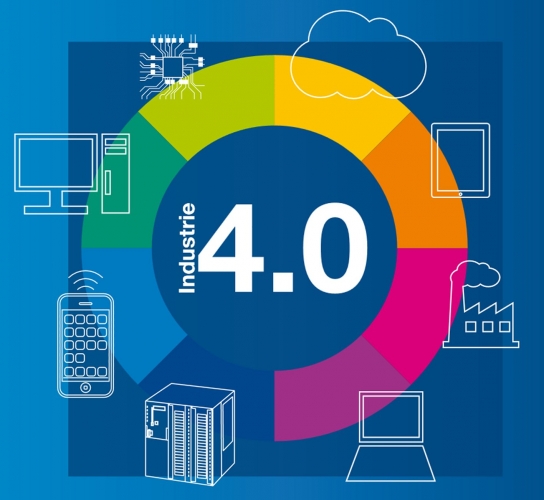

What is Industry 4.0?
Concept and origin of Industry 4.0
A concept first highlighted at the Industrial Technology Fair in Hanover, Germany, in 2011, Industry 4.0 is a reference to the first three industrial revolutions.
The first industrial revolution took place in the 18th century after the invention of steam engines, allowing mechanized production. The arrival of the electricity grid led to the rise of the second industrial revolution at the end of the 18th century. Finally, the automation of production in the 20th century led to the third revolution.
The idea behind Industry 4.0 is to reverse the trend of globalization to the advantage of European industries by encouraging factories to acquire the latest technological tools, all connected via the Internet and the Cloud.
In the new factory, the idea is to put the factory at the service of the operator, not the operator at the service of the factory. Since people are the central factor in this plan, every effort is made to improve the ergonomics, productivity and safety of each workstation. As the evolution of production methods has led the operator to carry out more and more procedures, the objective of the ultra-connected factory is to dematerialize all these phases, so that people are focused on tasks with high added value. To do this, each machine will be connected and communicate with the network, and the information will be transversal to be distributed between the different departments. Information will be disseminated smoothly and efficiently from the customer’s purchase order, through all stages of the manufacturing process, to the shipment of the finished product.
Industry 4.0 components: What are they?
The connected factory, or factory of the future, is not going to revolutionize everything. It will use existing equipment, improve it, and then place it at the heart of a network where all the information can be shared.
For this purpose, certain tools are essential to support the change:
- The Internet of Things will allow the development of newly manufactured products, therefore opening up new market opportunities.
- 3D printing opens up new production possibilities, able to adapt to the competitive production of small series.
- Collaborative robots (Cobots): as operator assistance, the cobot will improve the productivity, safety and efficiency of some workstations.
- Augmented reality: By juxtaposing information related to certain procedures (notably maintenance) to the individual’s visual field, augmented reality will allow you to rapidly intervene by following the displayed procedures.
- Cyber-physical systems (CPS): They allow new features to be added to physical elements for the purpose of process control and management. It becomes a key element in the information chain.
- Industrial big data: The gigantic database of the factory of tomorrow will evolve into “Smart data” with the introduction of artificial intelligence. It will notably improve predictive maintenance.
The range of CAD, CAM, ERP and PDM TopSolid solutions
Challenges and perspectives for the factory of the future
The challenge of the 4.0 factory will be to increase productivity while adapting to a new way of consuming. Today’s consumer is buying more and more and tends to focus on customizing objects. So one of the main challenges of the factory of the future will be to combine productivity with mass customization and reduced series.
To do this, it will be necessary to facilitate the use of programming software to save time, so that the individual can use them very quickly. One of the objectives will be to process the information in a very short time, while maintaining flexibility in the parameters.
The machining of the future will require the implementation of an intelligent system, capable of self-assessment and correction. The goal of Industry 4.0 is to create “intelligent machining”: the collection of know-how and process data, combined with artificial intelligence, for the benefit of production.
How does TopSolid fit into Industry 4.0?
Although the concept of “Industry 4.0” appeared only a few years ago, TopSolid did not wait for the fourth industrial revolution to follow this logic of the factory of the future.
TopSolid has been offering a fully integrated digital chain for years via its suite of CAD/CAM software suite, therefore providing total interconnectivity from design to construction.
TopSolid continues its evolution towards the CAD/CAM of the future, which involves:
- Intelligent design: in addition to 3D models already well recovered at the geometric level, the recovery of machining information (PMI) and tolerances, as well as taking into account milling and turning operations.
- More automation: predictive calculations: vibration calculations, deformation of parts due to clamping; refined tool life management (with calculated cutting conditions); families of similar parts (adapting to customized mass production); automatic range generation.
- Using the cloud: collecting the company’s BigData, deporting greedy calculations, constantly updating the software.
- Putting people at the heart of the 4th industrial revolution: change management, setting up certified training courses for the mutual benefit of companies and their employees.

